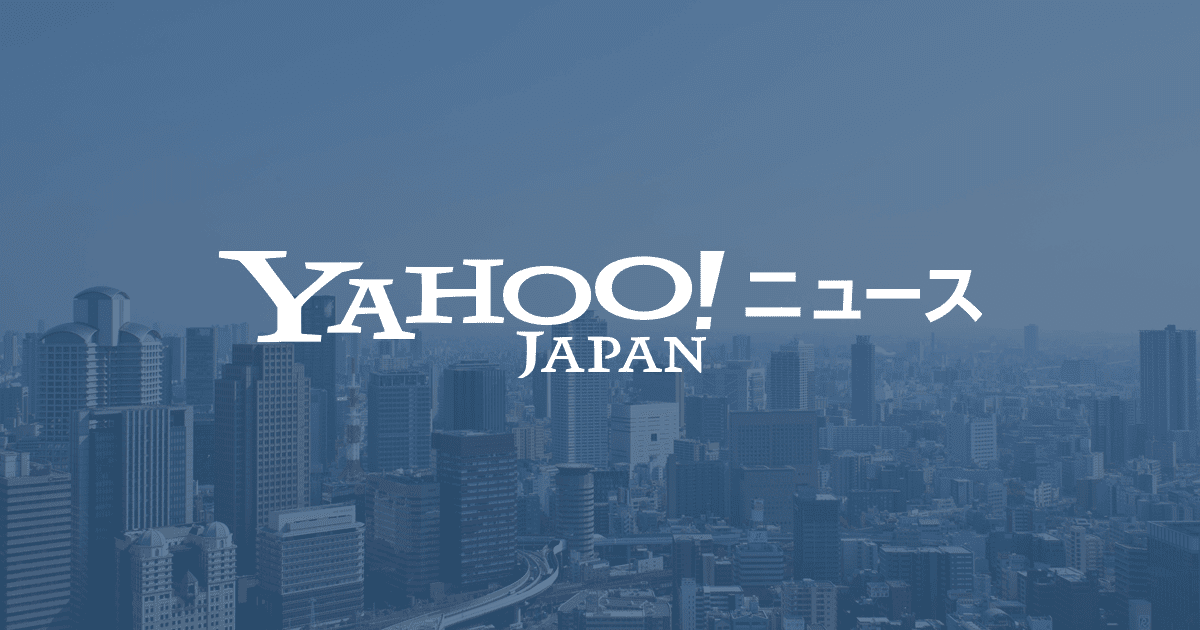The webtoon generation can’t read Japanese manga
All webtoon backgrounds are made in 3dcg
It happened when Go participated in a study group for young Korean manga artists. Apparently, he went to hear about directing manga, but the conversation turned to how to read manga. “People in their early 20s in Korea and China are so used to webtoons that they can’t read manga. At worst, it’s like an archaic language. If you don’t study, you can’t read it.”
Webtoons have taken root that far in Korea. “I asked why webtoons have become so popular in Korea, and after digging around I discovered that everything is different, from the way they’re made.” Japanese manga is calculated by the page. For drawing 20 pages, you can make 200,000 to 300,000 yen, and if you’re famous it could be hundreds of times that, but the basic rate is per page. The process of making a story involves first writing a storyboard with dialogue on pages divided into frames, called a name. The work goes in this order: the artist draws the face and body, the assistant draws the background, and the lowest ranking person draws the crowds. “Webtoons are, if anything, inferior versions of anime. It’s a more lazy way of making animation. So the way it’s made is completely different. In Korean webtoons, the character design comes first. When I design the characters, I create 3D models at the same time.”
Webtoons don’t have panels like manga (since they scroll vertically, it’s more like a four-panel comic that stretches on and on until it becomes 60 panels),
so I don’t spend energy on naming. Once the outline is finalized, all of the characters and settings are created in 3D models. The scenario is created in parallel and then assigned to the frames. This becomes the name, but since the frames are the same size, it’s closer to an anime storyboard. “For webtoons, the background is fitted in 3D to match the name. It’s like a location. After that, we fit the 3D model of the character onto it.” This method of production is almost like 3D animation. The difference is that it’s a still image rather than a video. Depending on the manufacturing method, the concept of guarantee also changes. In the case of Japanese manga, the longer it is published and the more popular it becomes with readers, the more money it receives per story, and the more books it publishes and sells. Therefore, the more popular it becomes and the longer the series continues, the more profitable it becomes. What about webtoons?
“I create the 3D model and background first, so I basically prepare all the materials in advance. So the first one is the most expensive. And the longer the series continues, the cheaper the production costs become.”
This is the exact opposite structure to Japanese manga. ・Originally it was an online tool for attracting customers
-Omitted-
Webtoons are created by inserting backgrounds, putting 3D dolls in place, and drawing line art. We have people in our company who can draw the same line art. In that sense, it is an anime. This means we can prepare four or five episodes in advance. As for charges, the first three episodes are free,
then if you wait a day they’re free, and the last ten episodes are paid. This is difficult to do with the way Japanese manga is made.”
Manga and webtoons are completely different things. Although the task of drawing pictures is the same, the approach and revenue structure are completely different. When Japanese publishers enter the webtoon market, they run into difficulties due to differences in production methods. Because it is made using the same methods as Japanese manga, it places a burden on the production staff and makes it difficult to monetize. “I think it’s common for Japanese manga to be sold in book form, and once that sells, the next step is a video production, with merchandise made to go with it. Webtoons are different. There is no paperback edition. It’s not that they don’t exist, but the books are merchandise. When I buy it, I display it without even opening the packaging.”
How do they make a profit if they don’t make money from the books?
Apparently, webtoons are a business started by Naver, a massive Korean internet company (with a market capitalization of 7 trillion yen), to attract customers. As long as it attracts customers, the webtoon itself doesn’t have to be free. Given its origins, its revenue structure is similar to that of online advertising. –Continued–
Kawaguchi Tomokazu (Science Writer)
Full text available from source
Gendai Business, 9/20 (Fri), 7:00 a.m.

So Cool Japan is giving money to idols, Yoshimoto, and AI? Lol.
Construction workers who aren’t creative can work wherever they like.
“No child is paying to attend Web Tong School in Korea.”
Classes are free with government subsidies, and in the case of Seoul city, students receive a monthly subsidy of 50,000 yen. Video content is a national policy project, and the area that the government is prioritizing in support of as an export industry has been named K-WAVE. It is divided into content areas such as K-food, K-dramas, K-idols, and K-webtoons, and each is provided with promotion funds over a five-year period. If this doesn’t sell, no wonder the country is in trouble lol.
As a result of the government strongly supporting it,
it’s full of copycats
and 200 K-pop groups have been wiped out, so it’s pretty unbearable.
I think black and white really expands your imagination. I can enjoy anime because the colors are carefully added, but I can’t accept webtoons because the coloring is rough and looks worse than black and white.
I don’t think they’re that valuable anymore.
I don’t know.



Comments